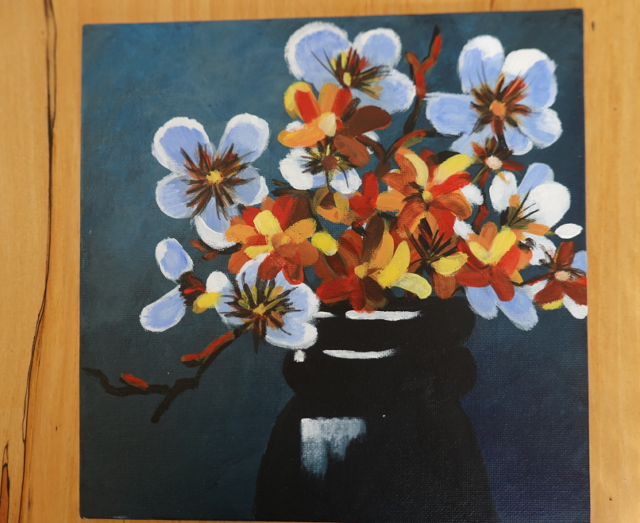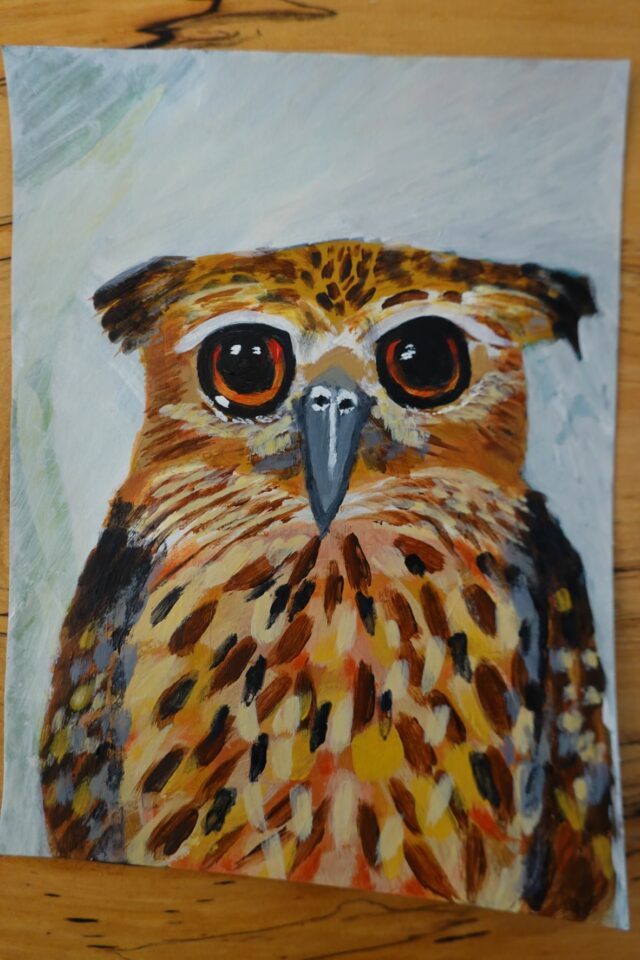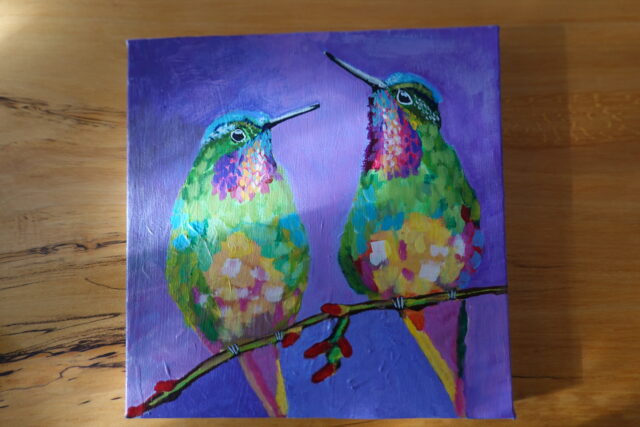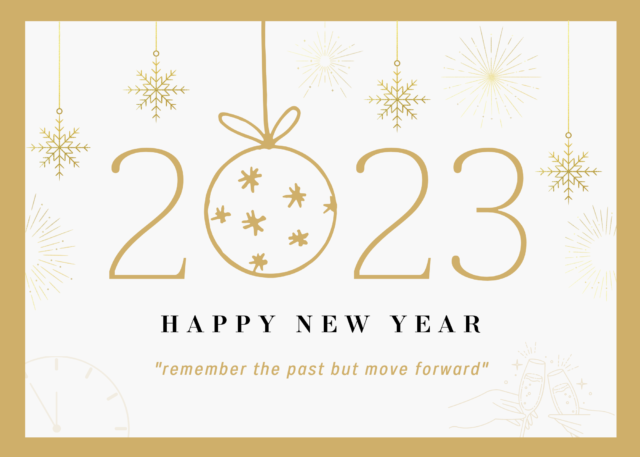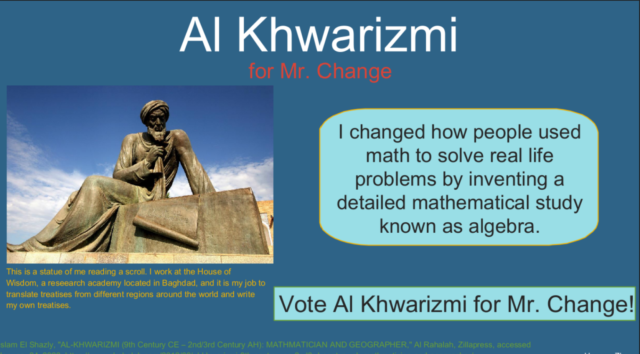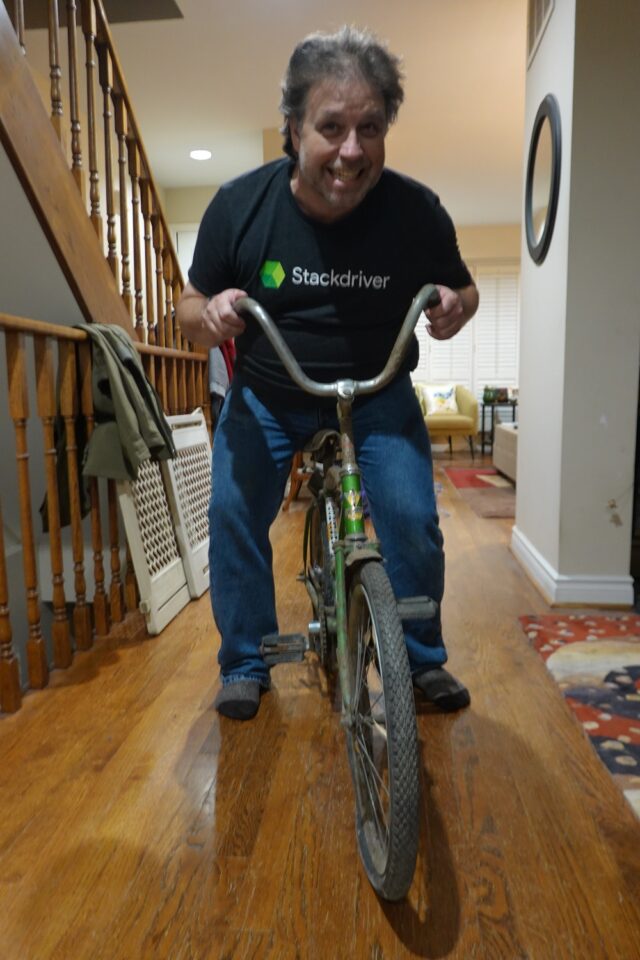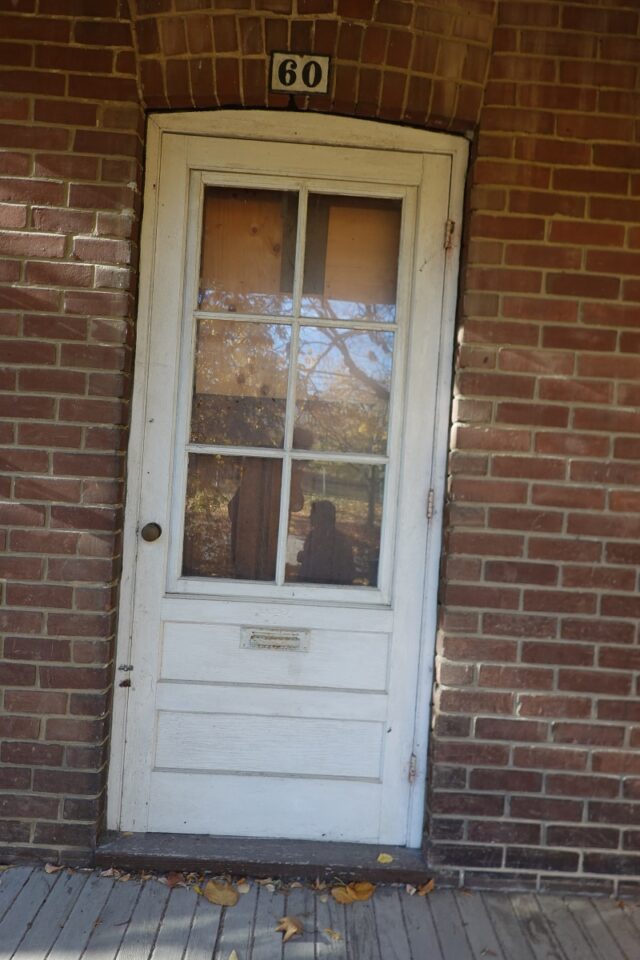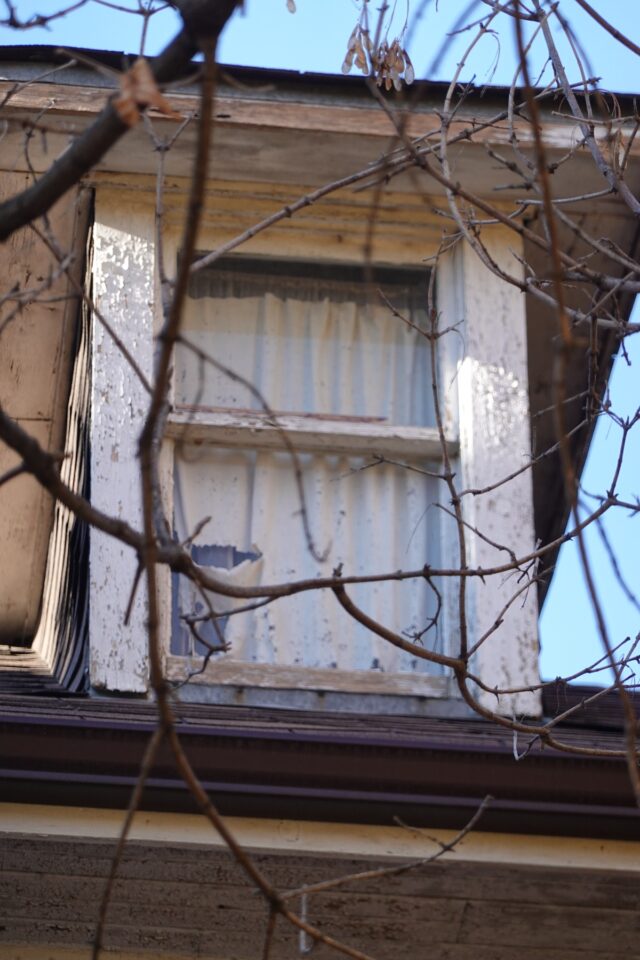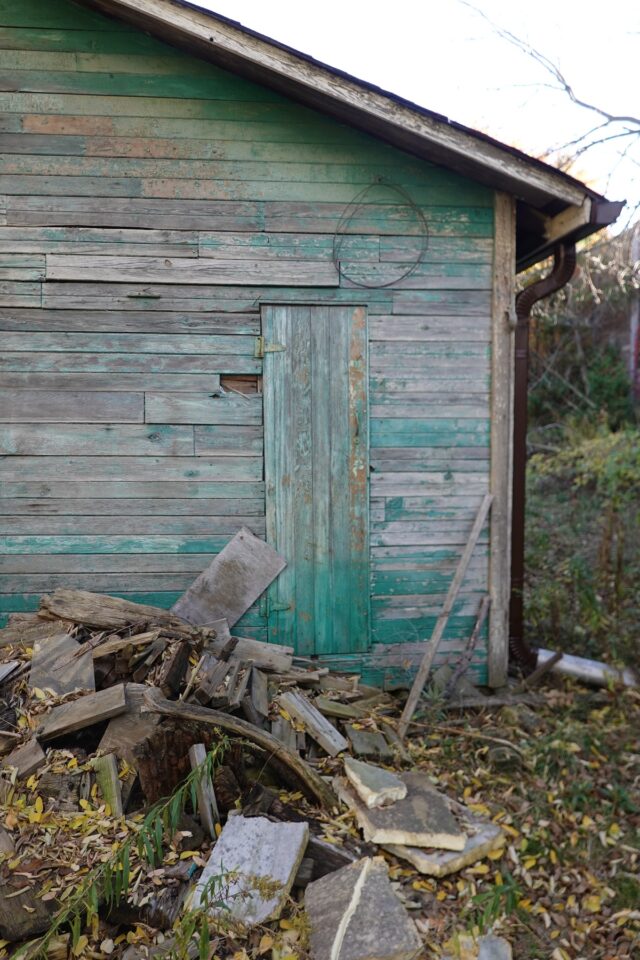Saitama Worlds
I wish I could have gone to the World Figure Skating Championships in Japan. Maybe next year in Montreal.
It has been an interesting year for figure skating fans. Personally, I did not miss the Russians (banned due to the war against Ukraine) at all. After the drama of the last Olympics, I was happy to have that angle eliminated from the entire season. I do not care at all who is doing how many quads at what young age. There is such a thing as longevity and health.
Instead we got perhaps less stellar skating but a much more friendly environment. The Japanese fans are legendary: kind to every single skater, clapping along to the beat at the drop of a hat, and always PRESENT. Particularly at Canadian skating events, the crowds have been sparse this year. To see the Japanese fans go absolutely bonkers for Kaori Sakamoto, Ryuichi Kihara and Riku Miura (pairs), and Daisuke Takahashi and Kana Muramoto (dance) was incredible. I love their passion for the sport. And they love a lot of skaters that I love, too: Piper and Paul, Jason Brown, Keegan Messing, to name a few.
The Worlds did give me some concerns though, particularly with the scoring of the dance event. This leaves me wondering, what do you do when the sport you love is an unsavoury institution? Apparently, even though Russian skaters were banned, Russian coaches were there (sort of understandable) as were Russian ISU officials (how is that possibly allowed???). That is just wrong. How does the international skating union look itself in the mirror?
Yes, ice dance – my favourite – is notoriously the most ‘fixed’ discipline within figure skating. All Canadians probably had extremely high hopes for Piper Gilles and Paul Poirier to bring home the gold. Unfortunately, Piper had an appendectomy and they sat out nationals. To my extreme pleasure, they skated great at Worlds, if maybe a bit slower than usual. The Evita program played really well. They didn’t tinker with it like they did with last year’s Long and Winding Road. Why then were they third in both the short and free dance scoring? I have enjoyed Madison Chock and Evan Bates ever since their Olympic alien routine. I give them huge credit for sticking with this year’s weird theme as well. But they made a huge error (albeit not on an element) in the free dance that should have lowered their overall program component scores to a maximum of 9.5. But apparently that rule was just ignored. As for the Italians who finished with the silver. Good effort. That’s all I’m going to say. Yes, I am a fickle Canadian fan.
I’ve always been a sports fan. These days my sporting tastes are much more limited. I have no regrets that I continue to invest my time and tears into figure skating.
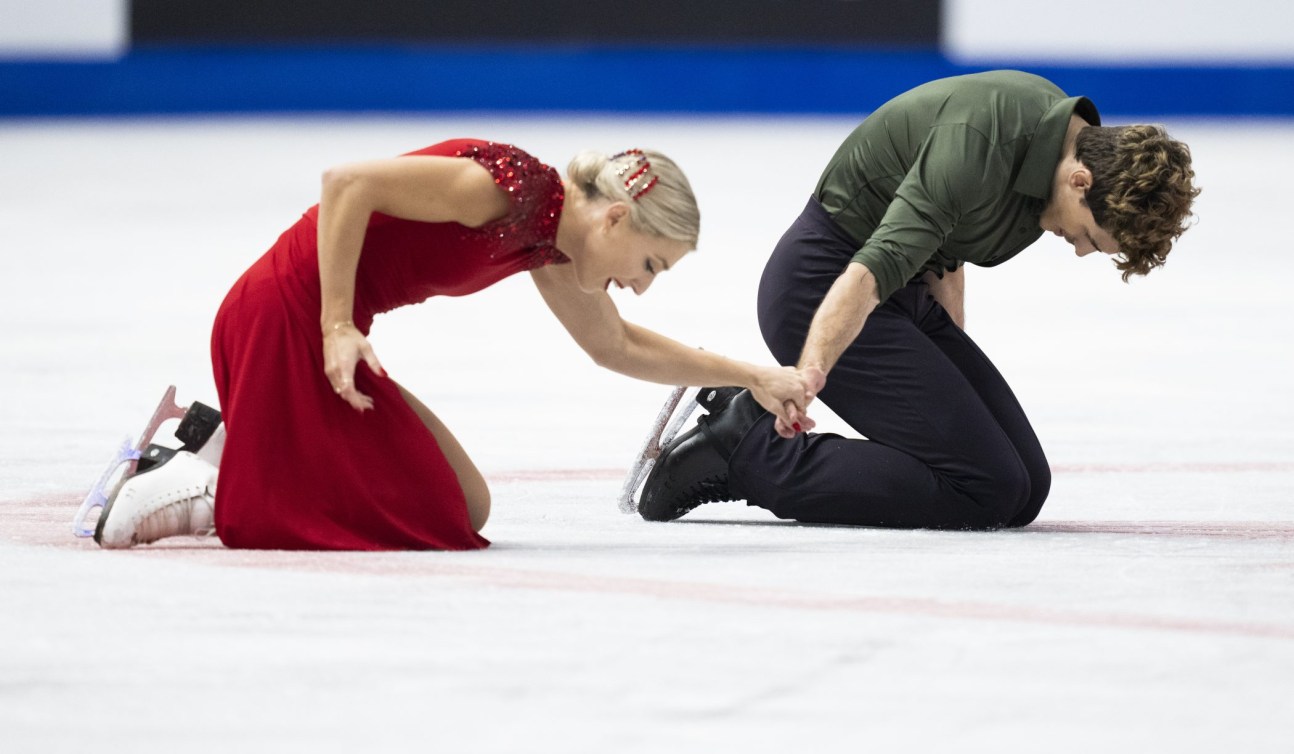
/https://www.thestar.com/content/dam/thestar/entertainment/stage/review/2023/02/24/hamilton-is-back-in-toronto-and-it-really-is-that-good/hamilton_and_peggy_national_tour_company.jpg)
